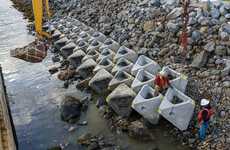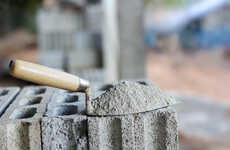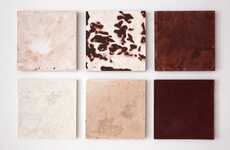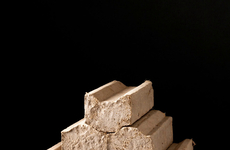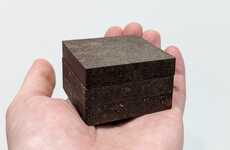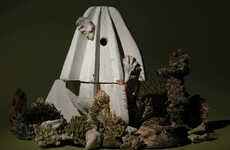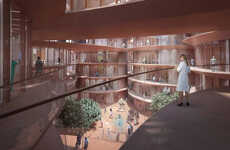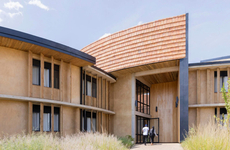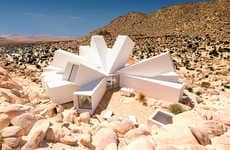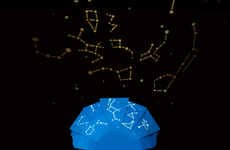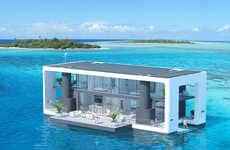
The Eco-Friendly Ductile Cementitious Composite is Sturdy
Michael Hemsworth — October 16, 2017 — Eco
References: newatlas
It's no secret that cement is one of the most popular building materials the world over yet crumbles in the face of earthquakes or tremors, so the Eco-Friendly Ductile Cementitious Composite (EDCC) has been developed to help change this.
Developed at the University of British Columbia, the concrete material sees nearly 70% of the cement in the mixture replaced with flyash that would otherwise be thrown out during the building process. When used, the mixture can be sprayed onto existing walls to help dramatically increase its ability to withstand any sort of earthquake or tremor.
The Eco-Friendly Ductile Cementitious Composite was put to the test with a simulated 9.0 to 9.1 magnitude tremor, similar to the earthquake that affected Tohuku, Japan in 2011, and held up perfectly.
Developed at the University of British Columbia, the concrete material sees nearly 70% of the cement in the mixture replaced with flyash that would otherwise be thrown out during the building process. When used, the mixture can be sprayed onto existing walls to help dramatically increase its ability to withstand any sort of earthquake or tremor.
The Eco-Friendly Ductile Cementitious Composite was put to the test with a simulated 9.0 to 9.1 magnitude tremor, similar to the earthquake that affected Tohuku, Japan in 2011, and held up perfectly.
Trend Themes
1. Eco-friendly Building Materials - The development of eco-friendly building materials such as EDCC provides an opportunity for companies to capitalize on environmentally-conscious consumers.
2. Earthquake-resistant Materials - With the increasing threat of natural disasters, there is a growing demand for earthquake-resistant materials which presents an opportunity for companies to develop innovative solutions.
3. Flyash Utilization - The use of flyash in construction materials such as EDCC indicates a potential opportunity for companies to explore alternative ways of utilizing industrial waste and byproducts.
Industry Implications
1. Construction - Incorporating EDCC and other earthquake-resistant materials in the construction industry provides an opportunity for companies to tap into the growing demand for safer buildings in disaster-prone areas.
2. Environmental - Developing and promoting eco-friendly building materials, such as EDCC, presents an opportunity for companies to position themselves as socially responsible corporations and attract environmentally-conscious consumers.
3. Waste Management - The use of flyash in construction materials such as EDCC points to a potential opportunity for companies in the waste management industry to explore innovative ways of utilizing industrial waste and byproducts.
3.8
Score
Popularity
Activity
Freshness


